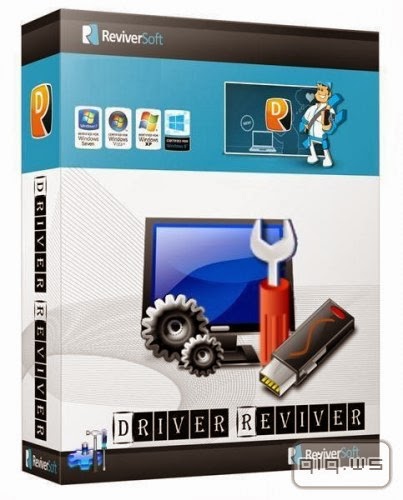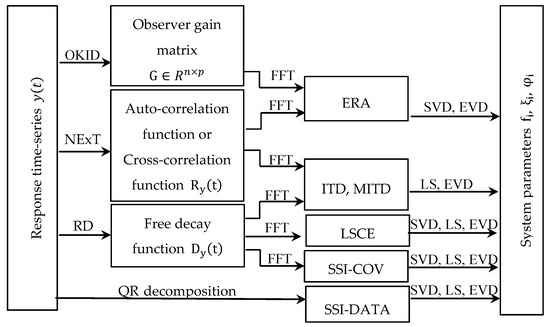
Our objective was to assess the agreement of job titles and occupational categories derived from death certificates with that self-reported in mid and later life. However, because this information is provided by the next-of-kin or other proxies, there are concerns about validity. Occupation recorded on certificates of death compared with self-report: the Atherosclerosis Risk in Communities (ARIC Studyĭirectory of Open Access Journals (Sweden)įull Text Available Abstract Background Death certificates are a potential source of sociodemographic data for decedents in epidemiologic research.

The DOT has categorized physical work demands in five categories. Objectives: The Dictionary of Occupational Titles (DOT) is used in vocational rehabilitation to guide decisions about the ability of a person with activity limitations to perform activities at work. Validity of the Dictionary of Occupational Titles for Assessing Upper Extremity Work Demands We found substantial variability between coders in the assignment of occupations although not as large for major groups. However, some manual coding is required to code incomplete information.


Automated occupational coding is a cost-efficient alternative to manual coding. For major occupational groups, agreement improved to 89% (kappa = 0.86). Of this subset coded by software, 73% of occupation codes and 69% of industry codes matched between automated and manual coding. Automated coding software assigned codes to 71% of occupations and 76% of industries. We calculated agreement between coding methods of classification into major Census occupational groups. Unique occupation-industry narratives were assigned codes by a manual coder and the Standardized Occupation and Industry Coding software program.

We collected parental occupational data from 1920-40s birth certificates, Census records, and city directories on 3,135 deceased individuals in the Atherosclerosis Risk in Communities (ARIC) study. We compared the performance of two occupation coding methods, an automated software and a manual coder, using occupation and industry titles from U.S. Occupational data are a common source of workplace exposure and socioeconomic information in epidemiologic research. Patel, Mehul D Rose, Kathryn M Owens, Cindy R Bang, Heejung Kaufman, Jay S Performance of automated and manual coding systems for occupational data: a case study of historical records.


 0 kommentar(er)
0 kommentar(er)
